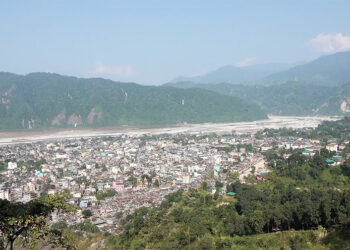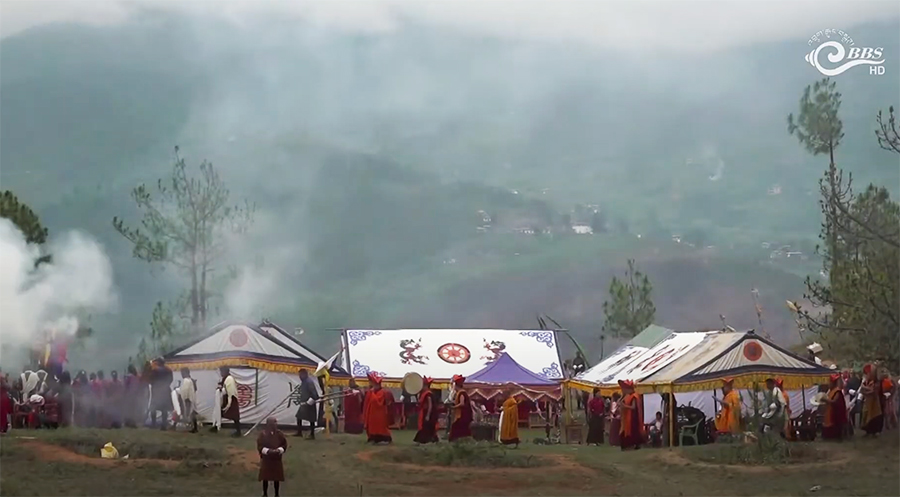 The people of Rinchhengang Toed and Rinchhengang Maed chiwogs in Thedtsho Gewog, Wangdue Phodrang, will be relocated to Barithang. With the groundbreaking ceremony held yesterday, work on the Drinchengang Village Development Project is set to begin soon. The current Rinchhengang village will be transformed into the country’s first innovative model village among Bhutan’s heritage villages.
The people of Rinchhengang Toed and Rinchhengang Maed chiwogs in Thedtsho Gewog, Wangdue Phodrang, will be relocated to Barithang. With the groundbreaking ceremony held yesterday, work on the Drinchengang Village Development Project is set to begin soon. The current Rinchhengang village will be transformed into the country’s first innovative model village among Bhutan’s heritage villages.
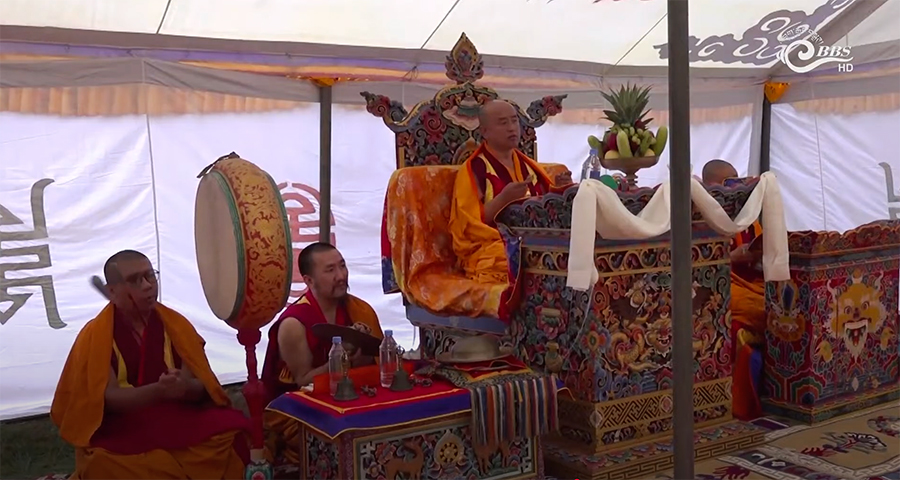 The Tsugla Lopen of the Central Monastic Body presided over the groundbreaking ceremony of the Drinchengang Village Development Project.
The Tsugla Lopen of the Central Monastic Body presided over the groundbreaking ceremony of the Drinchengang Village Development Project.
Phase 1 of the Drinchengang Village Development Project includes the construction of temporary settlements and basic infrastructure, such as access roads, water supply, drainage, and electricity.
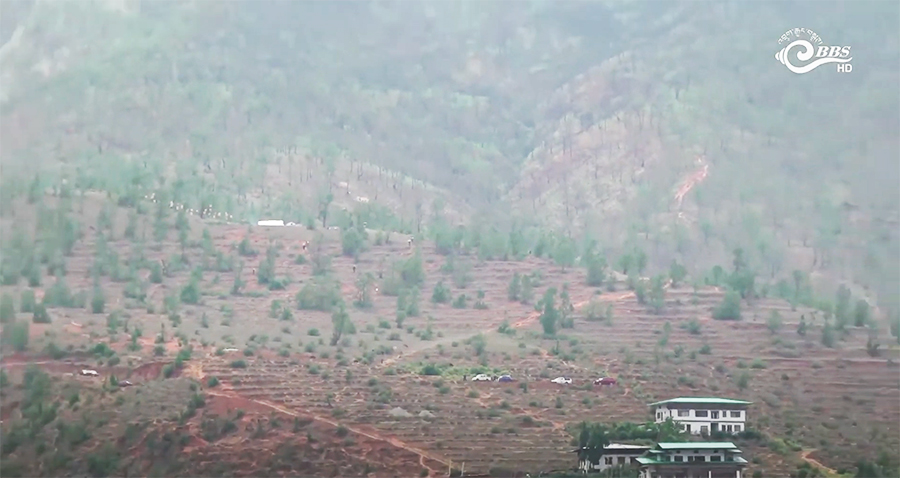 The temporary settlement in Barithang will cover about 10 acres. Local leaders say it lies almost a kilometre from the current Rinchengang village.
The temporary settlement in Barithang will cover about 10 acres. Local leaders say it lies almost a kilometre from the current Rinchengang village.
The project office says Phase I focuses on ensuring residents’ livelihoods are not affected during the relocation. His Majesty’s Kidu will support the temporary housing.
The construction of the permanent houses will be in phase II.
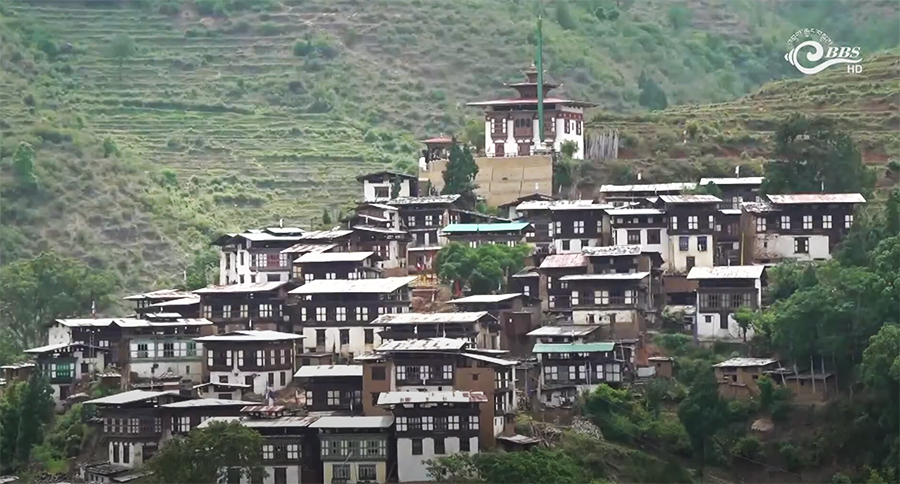 The current Rinchhengang village dates back to the 17th century. It is said to be established by master masons brought by Zhabdrung Ngawang Namgyal, who helped construct dzongs and temples across the country.
The current Rinchhengang village dates back to the 17th century. It is said to be established by master masons brought by Zhabdrung Ngawang Namgyal, who helped construct dzongs and temples across the country.
The Project Office says the village is distinctive for its cluster of traditional adobe houses perched on a hilltop across the Wangdue Phodrang Dzong, surrounded by terraced fields.
The project aims to preserve this heritage while promoting sustainable livelihoods and digital innovation. It seeks to help residents generate income while staying connected to their cultural roots.
The Project Office says this initiative will serve as a model for future village development projects across the country.
Changa Dorji, Wangdue Phodrang
Edited by Sangay Chezom








